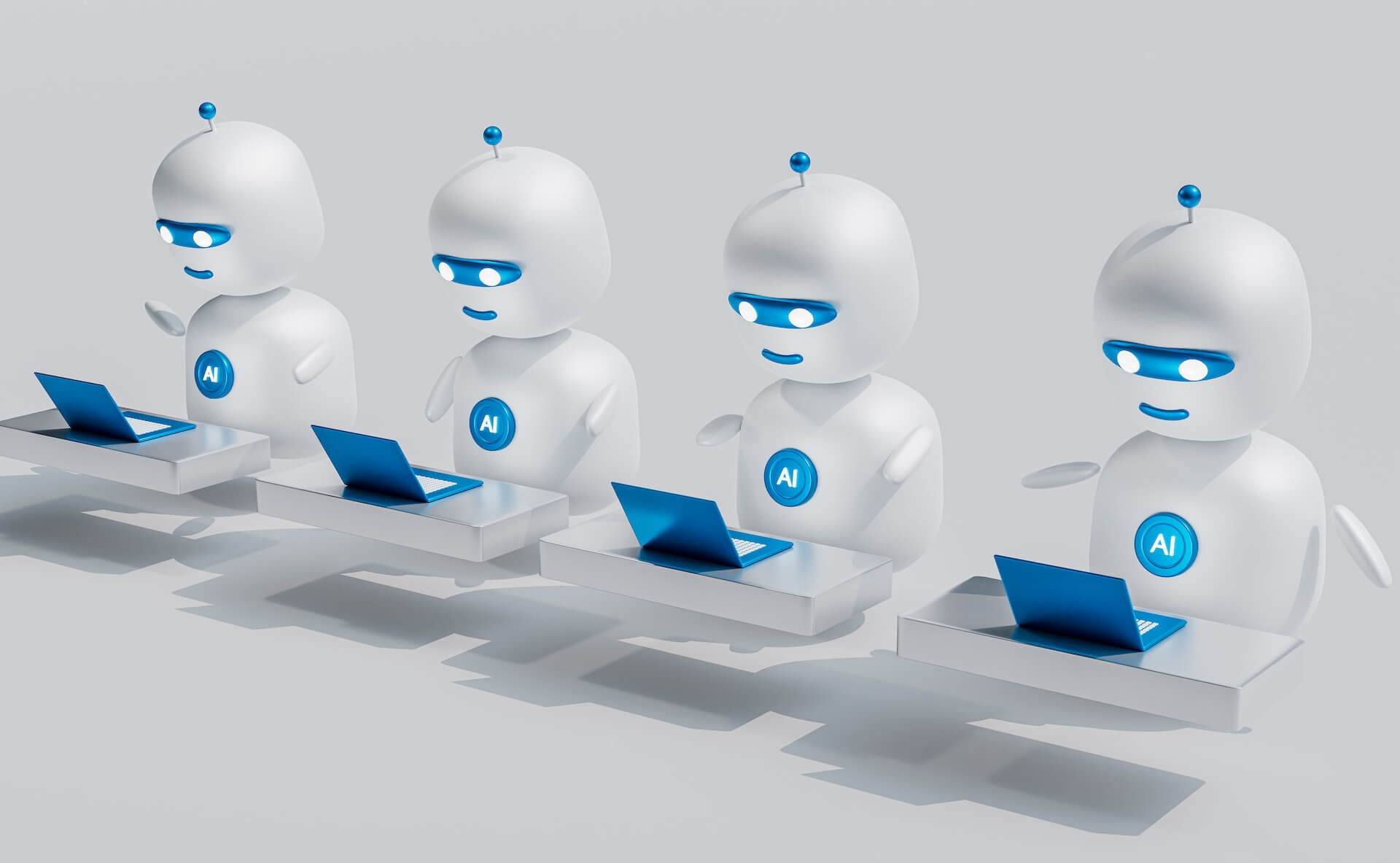AI’s Influence on Jobs: Finding Balance in an Evolving Landscape

The ILO’s Insights on AI’s Job Impact
The International Labour Organization (ILO) has delved into the intricate relationship between artificial intelligence (AI) and employment in its latest report. Contrary to fears of widespread job destruction, the report highlights that AI is less likely to eliminate most jobs. However, it identifies clerical workers as particularly vulnerable to displacement.
The report envisions that AI could automate around 14% of global jobs by 2030. Yet, it emphasizes the emergence of fresh opportunities in AI system development and maintenance. Striking a balance between automation and augmentation is critical.
Who’s at Risk?
Clerical workers emerge as the group most at risk of being supplanted by AI. Repetitive tasks integral to clerical roles are ripe for automation. Additionally, customer service representatives, administrative assistants, and data entry clerks also face vulnerability.
A Gendered Perspective on AI Displacement
The report further underscores a gendered aspect of AI’s impact. Women are more susceptible to displacement, given their representation in clerical and related roles. This imbalance underscores the importance of considering equity in AI implementation.
Pathways to Mitigate AI’s Disruption
Governments and businesses are urged to collaborate in cushioning the repercussions of AI on jobs. Key pathways include:
- Offering retraining and education for AI-displaced workers.
- Channeling investments into technologies that foster new job creation.
- Crafting policies that ensure an equitable transition into the AI era.
Envisioning Tomorrow’s Work in an AI-Powered Landscape
The report portrays a nuanced outlook on the future of work under AI’s influence. While challenges like job displacement are palpable, new avenues for employment and heightened productivity emerge.
Embracing the Future: A Proactive Stance
The ILO calls for proactive measures in navigating AI’s transformative impact:
- Investing in comprehensive education and training initiatives.
- Cultivating policies that facilitate a just transition.
- Crafting safety nets to support those affected by AI-driven changes.
Collaborative Roles: Governments, Businesses, and Individuals
Governments, businesses, and individuals collectively shape AI’s role in the workforce:
- Governments lead with policies, education, and safety nets.
- Businesses invest in innovation, reskilling, and fair practices.
- Individuals prepare by upskilling, embracing change, and staying updated.
Embracing Uncertainty: Paving the Way Forward
While the future remains uncertain, the ILO report serves as a guiding compass. A proactive approach lays the foundation for an AI era that enriches opportunities across all spheres of work.




